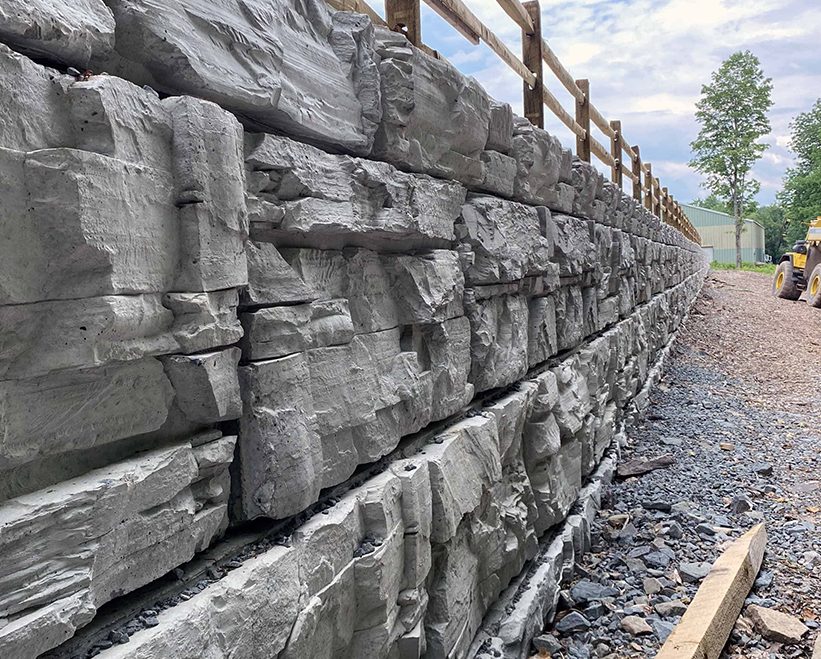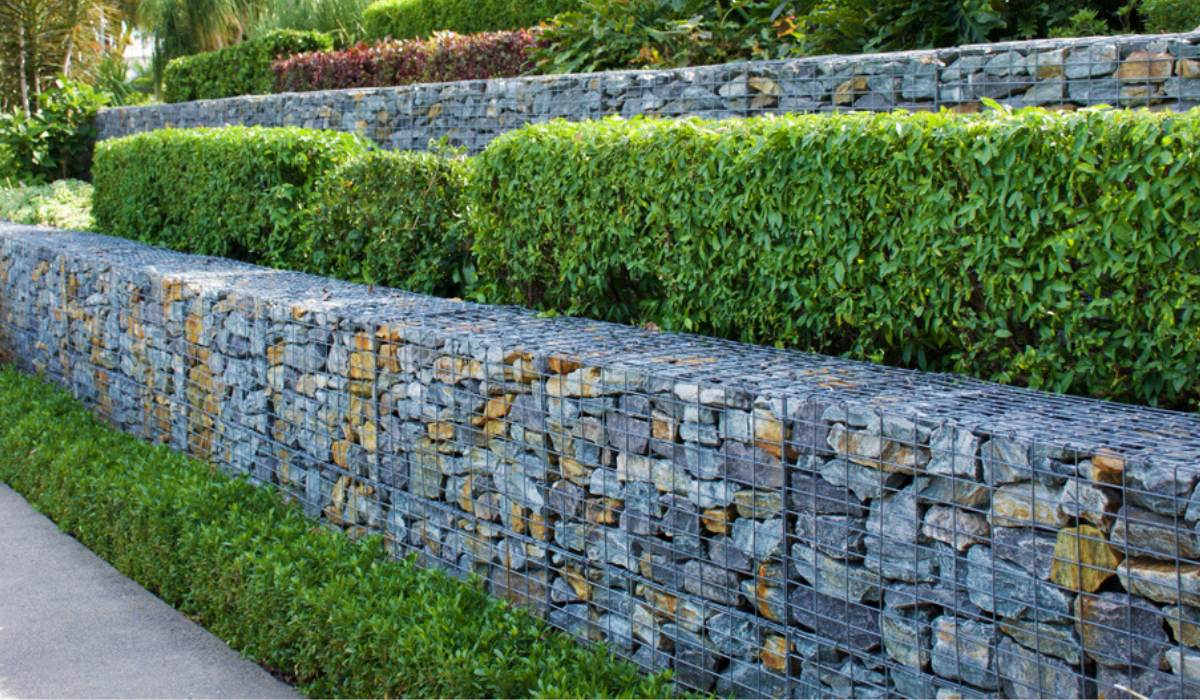
Content
- Popular Types of Wood used in the Construction Industry - FLETCHERS RETAINING WALLS
- Why You Should Consider A Two-In-One Landscape Design - RETAINING WALLS ADELAIDE
- View Our Retaining Wall Inspiration Gallery - SA
- Retaining Walls Provide Stability - RETAINING WALLS ADELAIDE
- Retaining Walls - FLETCHERS RETAINING WALLS
Popular Types of Wood used in the Construction Industry - FLETCHERS RETAINING WALLS
Retaining wall surfaces are frameworks built to keep back soil, rock, or other products and stop them from wearing down or falling down. They are frequently utilized in landscaping and building and construction to produce level areas, protect against landslides, and give security to sloping terrain. Preserving walls can be constructed from different materials, such as concrete, stone, block, or wood, and also can be found in different design and styles. In this write-up, we will review the benefits of keeping walls, the different kinds of preserving wall surfaces, and the aspects to consider when developing a preserving wall. Benefits of Preserving Walls: Keeping wall surfaces provide a number of advantages, consisting of: Avoid dirt disintegration: Retaining walls keep back dirt and prevent it from wearing down or falling down, which can protect the surrounding atmosphere as well as protect against damage to residential property. Create level areas: Maintaining wall surfaces can be made use of to create degree areas on sloping surface, giving additional usable space for landscaping or building and construction.
Boost landscape design: Retaining walls can add aesthetic passion and also measurement to a landscape, creating opportunities for planting or ornamental functions. Minimize upkeep: Preserving wall surfaces can help reduce maintenance by preventing soil erosion and safeguarding the surrounding landscape from damages. Supply security: Maintaining wall surfaces can supply security to sloping surface, protecting against landslides or various other dirt activities that can be unsafe or devastating. Sorts Of Preserving Wall Surfaces: There are numerous sorts of preserving wall surfaces, each with its one-of-a-kind attributes and also advantages. One of the most typical kinds of keeping walls are: Gravity Keeping Walls: Gravity retaining wall surfaces rely upon their weight and also the weight of the product they keep back to offer stability. They are made of heavy products, such as concrete, rock, or block, as well as are generally larger at the base than at the top to provide added security.
- Second, erosion can present safety concerns on steep slopes where rushing water may actually impede traffic or even destroy the land.
- A retaining wall can designate a shift of function within an outdoor feature such as a patio.
- By using a retaining wall near a border or slope, you provide leveled surfaces on inclined planes.
- Well-designed brick retaining wall can serve dual purpose – it can provide an outer shelf for plants and can also be utilized for picnic supplies or yard games.
- Such walls intensify an aesthetic appeal to the structure and its surrounding.
- Erosion is particularly concerning in areas without trees or shrubs extending their roots into the soil.
- Depending on the slope and grade of a landscape, water may pool and even flood certain areas.
- This makes retaining walls all the more important, especially if your landscape does not feature a lot of trees and shrubs to hold the soil in place.
- Regardless of materials, retaining walls achieve the result of creating terracing in a sloped area and holding soil in place.
- There are a number of benefits to having a retaining wall, ranging from reducing soil erosion to increasing your property value.
- We are a local and family-owned landscaping company offering a variety of landscape services, from new installations and complete renovations, to simple improvements.
- We have the resources, experience, and expertise to help you create and maintain your property in excellent condition.

Cantilever Retaining Walls: Cantilever preserving wall surfaces utilize a reinforced concrete piece or beam of light to hold back the material they sustain. They are developed to transfer the weight of the product to a strong footing, creating a counterbalance to the product's weight. Sheet Stack Retaining Walls: Sheet heap maintaining walls use interlacing steel, concrete, or wood sheets to keep back the product they support. They are usually made use of in areas with minimal area or where excavation is challenging. Secured Maintaining Walls: Secured maintaining walls make use of cable televisions or rods secured to the material they sustain to offer additional security. They are generally made use of in locations with high soil stress or where the material being sustained is particularly hefty.
View Our Retaining Wall Inspiration Gallery - RETAINING WALLS ADELAIDE
Elements to Take Into Consideration When Structure a Retaining Wall: When building a maintaining wall, numerous elements require to be considered to guarantee its stability and also longevity. One of the most essential variables to consider consist of: Soil Problems: The soil conditions, such as the sort of soil, dampness content, and also soil stress, can influence the style and also construction of a preserving wall. The dirt should be checked prior to construction to make certain that the retaining wall surface is constructed to endure the stress and weight of the material being kept back. Drainage: Appropriate water drainage is essential to stop water from gathering behind the keeping wall surface, which can create it to fail. A drain system, such as a perforated pipeline, should be set up to permit water to flow freely away from the preserving wall.

Height: The elevation of the preserving wall is an essential aspect to take into consideration, as taller walls require even more significant building and construction and extra support to stop failure. A competent designer needs to be spoken with when developing a maintaining wall surface over 4 feet tall. Material: The material utilized to build the maintaining wall surface can influence its stability, resilience, as well as appearance. The product must be picked based upon the setting, the product being kept back, and the desired aesthetic. Design: The design of Go Here the keeping wall ought to take into consideration the surrounding setting. Protect Against Dirt Disintegration: Among the key advantages of preserving wall surfaces is their capacity to stop dirt disintegration. They keep back dirt as well as avoid it from wearing down or breaking down, which can secure the surrounding atmosphere as well as avoid damage to home. Keeping walls also prevent water runoff from washing away the dirt, which can create substantial damages to the landscape. Produce Usable Space: Retaining wall surfaces can develop added functional area on sloping terrain. They can be used to level out a sloping backyard, developing a level area for outdoor activities such as bbqs, exterior dining, or gardening. Retaining wall surfaces can additionally be utilized to produce terraced gardens or to sustain a patio area or deck, supplying additional space for leisure as well as home entertainment.